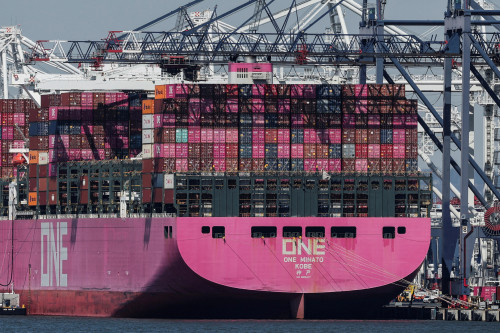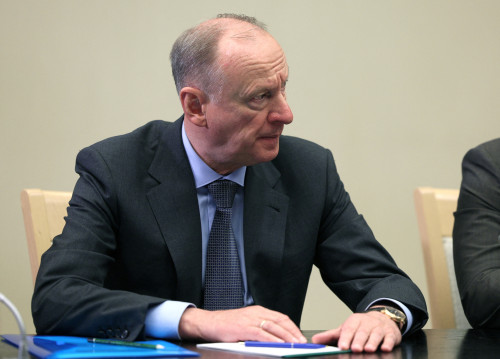By Nora Eckert
DETROIT (Reuters) -General Motors again surpassed Wall Street’s expectations this year, as its third-quarter results benefited from lean inventories and a steady demand for gasoline-engine truck and SUV, sending its shares up about 7.6% in early trading.
GM is targeting annual earnings at the top end of its prior forecast, and Chief Financial Officer Paul Jacobson brushed off economic concerns for customers.
“The consumer has held up remarkably well for us,” he told reporters on Tuesday, while predicting better demand next year from cuts to interest rates.
GM started the year expecting to make $12 billion to $14 billion in pretax profit and raised the forecast in mid-year to $13 billion to $15 billion, buoyed by strong pricing and consumer spending.
The company said on Tuesday it was on track to deliver between $14 billion and $15 billion in pretax profit.
GM’s adjusted earnings per share of $2.96 for the quarter outpaced market expectation of $2.43, while revenue of $48.8 billion beat estimates of $44.6 billion.
CEO Mary Barra has been focusing on stability, saying earlier this month that GM’s profit next year is expected to look similar to this year, a relief for investors who were worried about a potential decline in the auto industry’s earnings.
GM has said pricing could be softer next year, but it expects results to be supported by cost cuts on SUVs and electric vehicles and improvement in China.
A weak spot in otherwise strong earnings was China, where it posted a loss of $210 million in the first half. GM lost another $137 million in the region in the third quarter and is planning to restructure its operations there.
“We really haven’t instituted any of the real restructuring yet,” Jacobson said, adding that sales in the region are up and inventory down.
Investors fear that high interest rates and economic fears will catch up with consumers and dampen sales of new cars, despite the resilience seen for much of the year.
Shareholders are also queasy about automakers’ EV losses as Chinese rivals pump out affordable electric vehicles abroad and Tesla continues to dominate battery-powered vehicle sales in the U.S.
CFRA Research analyst Garrett Nelson said GM could lose market share in the near-term due to its lack of hybrid vehicles and free cash flow will hampered by its capital spend on EV shift.
The Detroit automaker had a total capital expenditure of about $2.3 billion in the quarter through Sept. 30, compared with about $2.53 billion a year ago.
Wedbush analyst Dan Ives called GM’s forecast update and results a “large step in the right direction” as the automaker navigates an uncertain market.
While Chinese automakers have not yet penetrated the U.S. market, large automakers like GM see a threat from low-cost and high-tech vehicles, executives have said.
GM’s stock is up 36% this year, outpacing rivals Stellantis and Ford Motor, whose share prices have fallen in the same period.
Ford has struggled with costly quality problems and Stellantis witnessed lower sales and revenue in North America after it raised prices and held back on incentives.
INVESTORS SEEK CLARITY ON AUTONOMOUS CRUISE
GM’s profit engine, traditional gas-powered vehicles, including eight refreshed gas SUV models through the end of 2025, is luring many customers who are not yet ready for EVs.
Its EV sales have increased every quarter this year as it increases production of models, including the Silverado EV truck and Equinox electric SUV.
Still, EVs accounted for just about 4% of GM’s total U.S. deliveries through the third quarter.
Investors await more clarity on GM’s autonomous Cruise unit, which has been under scrutiny since one of its robotaxis dragged a pedestrian last year.
The unit posted an operating loss of $400 million for the quarter, smaller than $700 million a year ago. At GM’s investor day earlier this month, Barra said the division would lose no more than $2 billion in 2025.
(Reporting by Nora Eckert in Detroit, additional reporting by Nathan Gomes in Bangalore; Editing by Peter Henderson, Matthew Lewis, Emelia Sithole-Matarise and Arun Koyyur)



